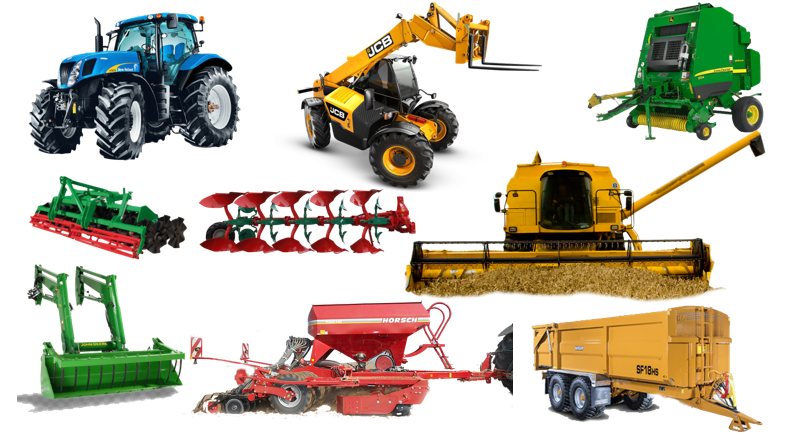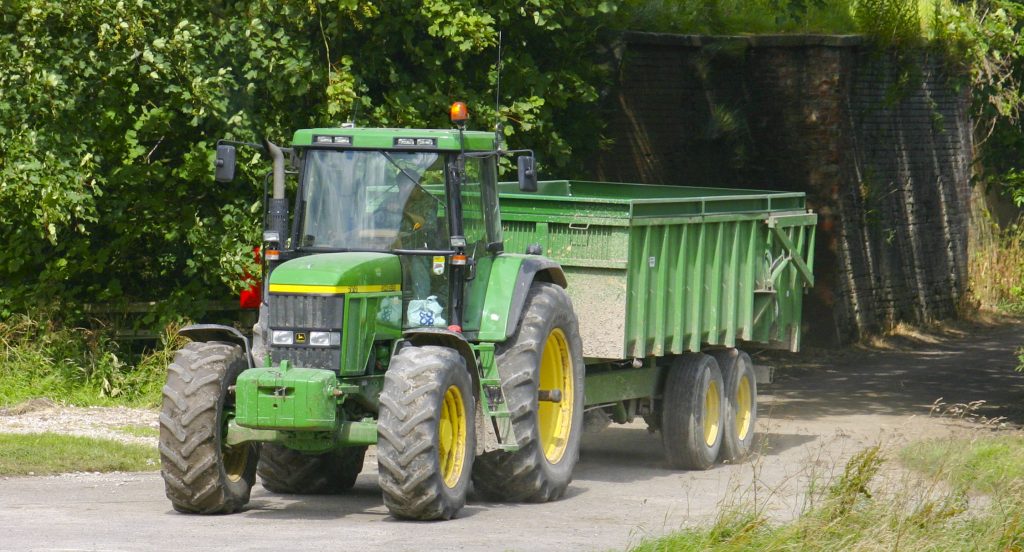A summary of legislation for Using Agricultural Machinery in the UK.
Learning Outcomes:
- To list the legislation that applies to using agricultural machinery.
- To understand what you can and cannot do depending on age, experience, licences and legislation
NFU – Helpful Guidance

NFU Mutual – more advice

Source of Official Rules
Health and Safety Executive

UK Government

UK Legislation

This is for the lawyers – very dry reading but it is what it’s all based on
Legislation for Using Agricultural Machinery in the UK: Summary

Very dry reading this but important to know nonetheless.
1. Health and Safety Compliance
- Health and Safety at Work Act 1974: Employers must ensure machinery is safe, with risks assessed and mitigated.
- Provision and Use of Work Equipment Regulations (PUWER) 1998: Requires machinery to be suitable, maintained, and operators properly trained.
- LOLER 1998: Specific rules for lifting equipment (e.g., forklifts).
- Risk Assessments: Mandatory under the Management of Health and Safety at Work Regulations 1999.
2. Road Use

- Road Traffic Act 1988: Vehicles must be roadworthy, registered, taxed, and insured.
- Lighting, Brakes, and Speed: Compliance with standards (e.g., lighting at night, 40 km/h max speed for tractors).
- Licensing: Category F license (agricultural vehicles) required for public roads. Provisional licenses available at 16 for limited use.
- Red Diesel: Permitted for agricultural machinery but restricted for on-road use (e.g., travel between fields).
3. Operator Requirements

- Minimum Age: 13 for private land (supervised), 16 for provisional license, 17 for public roads.
- Training: Certifications needed for high-risk equipment (e.g., chainsaws, forklifts).
4. Environmental Regulations
- Emissions: Non-road mobile machinery (NRMM) must meet UK/EU standards (e.g., Stage V).
- Environmental Protection Act 1990: Manages pollution risks (e.g., fuel/oil spills).
- Noise Control: Compliance with Control of Noise at Work Regulations 2005.
5. Vehicle Standards and Tax
- Road Tax: Agricultural vehicles exempt from vehicle excise duty.
- Weights and Dimensions: Trailers over 3.05 tonnes require brakes; maximum width of 3.5m on roads.
6. Child Safety
- Children and Young Persons Act 1933: Prohibits children under 13 from operating machinery.
7. Enforcement and Penalties
- Agencies: Health and Safety Executive (HSE) and police enforce regulations.
- Penalties: Fines, prosecution, or imprisonment for non-compliance.
Key Updates: Post-Brexit, UK retains aligned standards (e.g., emissions). Red diesel rules tightened in 2022, but agriculture remains eligible.
This framework ensures safe, legal, and environmentally responsible use of agricultural machinery in the UK.
Always consult official sources for detailed compliance.
Stay safe …
